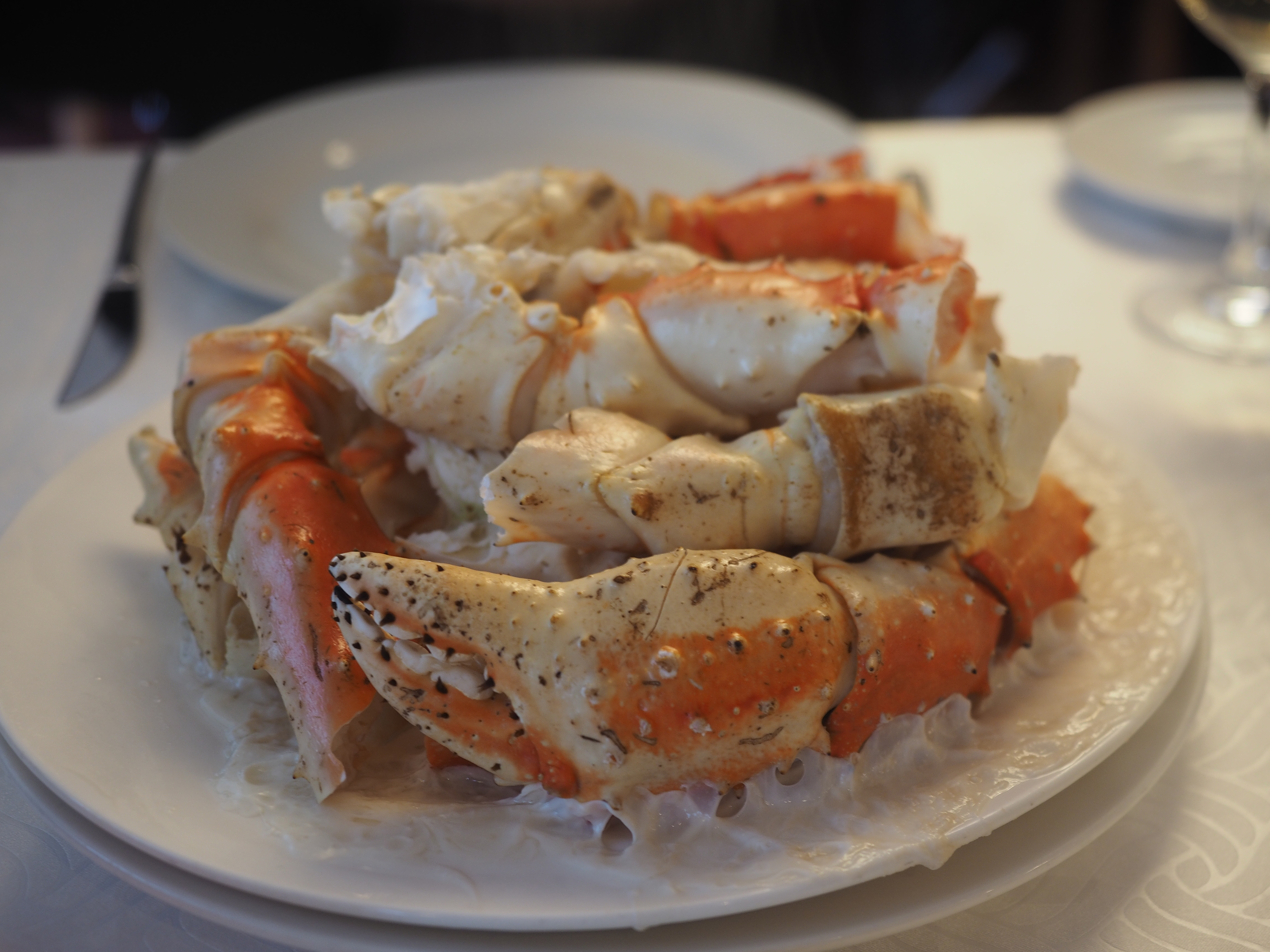|
Pagurid
The Paguridae are a family (biology), family of hermit crabs of the order Decapoda. This family contains 542 species in over 70 genera:. The king crabs, Lithodoidea, are now widely undestood to be derived from deep within the Paguridae, with some authors placing their ancestors within the genus Pagurus. *''Acanthopagurus'' de Saint Laurent, 1968 *''Agaricochirus'' McLaughlin, 1981 *''Alainopaguroides'' McLaughlin, 1997 *''Alainopagurus'' Lemaitre & McLaughlin, 1995 *''Alloeopagurodes'' Komai, 1998 *''Anapagrides'' de Saint Laurent-Dechance, 1966 *''Anapagurus'' John Robertson Henderson, Henderson, 1886 *''Anisopagurus'' McLaughlin, 1981 *''Bathiopagurus'' McLaughlin, 2003 *''Bathypaguropsis'' McLaughlin, 1994 *''Benthopagurus'' Wass, 1963 *''Boninpagurus'' Asakura & Tachikawa, 2004 *''Bythiopagurus'' McLaughlin, 2003 *''Catapaguroides'' A. Milne-Edwards & Bouvier, 1892 *''Catapaguropsis'' Lemaitre & McLaughlin, 2006 *''Catapagurus'' A. Milne-Edwards, 1880 *''Ceratopagurus'' Yokoya ... [...More Info...] [...Related Items...] OR: [Wikipedia] [Google] [Baidu] |
Hermit Crab
Hermit crabs are anomuran decapod crustaceans of the superfamily Paguroidea that have adapted to occupy empty scavenged mollusc shells to protect their fragile exoskeletons. There are over 800 species of hermit crab, most of which possess an asymmetric abdomen concealed by a snug-fitting shell. Hermit crabs' soft (non-calcified) abdominal exoskeleton means they must occupy shelter produced by other organisms or risk being defenseless. The strong association between hermit crabs and their shelters has significantly influenced their biology. Almost 800 species carry mobile shelters (most often calcified snail shells); this protective mobility contributes to the diversity and multitude of crustaceans found in almost all marine environments. In most species, development involves metamorphosis from symmetric, free-swimming larvae to morphologically asymmetric, benthic-dwelling, shell-seeking crabs. Such physiological and behavioral extremes facilitate a transition to a sheltered ... [...More Info...] [...Related Items...] OR: [Wikipedia] [Google] [Baidu] |
Lithodoidea
King crabs are a taxon of decapod crustaceans chiefly found in cold seas. Because of their large size and the taste of their meat, many species are widely caught and sold as food, the most common being the red king crab (''Paralithodes camtschaticus''). King crabs are generally thought to be derived from hermit crab-like ancestors within the Paguridae, which may explain the asymmetry still found in the adult forms. This ancestry is supported by several anatomical peculiarities which are present only in king crabs and hermit crabs. Although some doubt still exists about this hypothesis, king crabs are the most widely quoted example of carcinisation among the Decapoda. The evidence for this explanation comes from the asymmetry of the king crab's abdomen, which is thought to reflect the asymmetry of hermit crabs, which must fit into a spiral shell. Controversial taxon Although formerly classified among the hermit crabs in the superfamily Paguroidea, king crabs are now placed in a ... [...More Info...] [...Related Items...] OR: [Wikipedia] [Google] [Baidu] |
Pagurus Bernhardus
''Pagurus bernhardus'' is the common marine hermit crab of Europe's Atlantic coasts. It is sometimes referred to as the common hermit crab or soldier crab. Its carapace reaches long, and is found in both rocky and sandy areas, from the Arctic waters of Iceland, Svalbard and Russia as far south as southern Portugal, but its range does not extend as far as the Mediterranean Sea. It can be found in pools on the upper shore and at the mean tide level down to a depth of approximately , with smaller specimens generally found in rock pools around the middle shore and lower shore regions, with larger individuals at depth. ''P. bernhardus'' is an omnivorous detritivore that opportunistically scavenges for carrion, and which can also filter feed when necessary. ''Pagurus bernhardus'' uses shells of a number of gastropod species for protection, including ''Littorina littorea'', '' Littorina obtusata'', '' Nassarius reticulatus'', ''Gibbula umbilicalis'', ''Nucella lapillus'' and ''Bucc ... [...More Info...] [...Related Items...] OR: [Wikipedia] [Google] [Baidu] |

